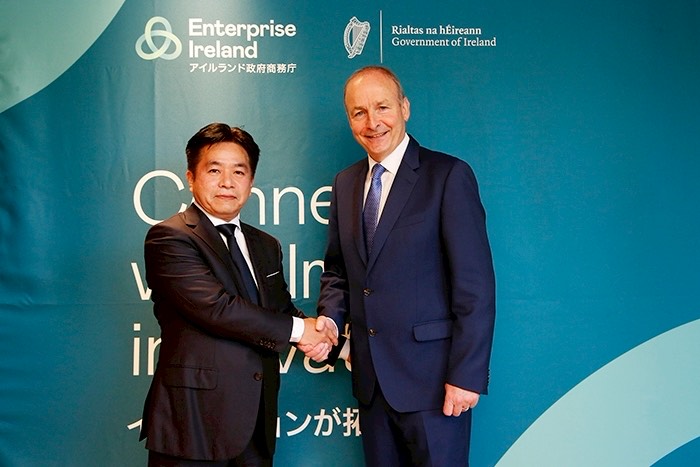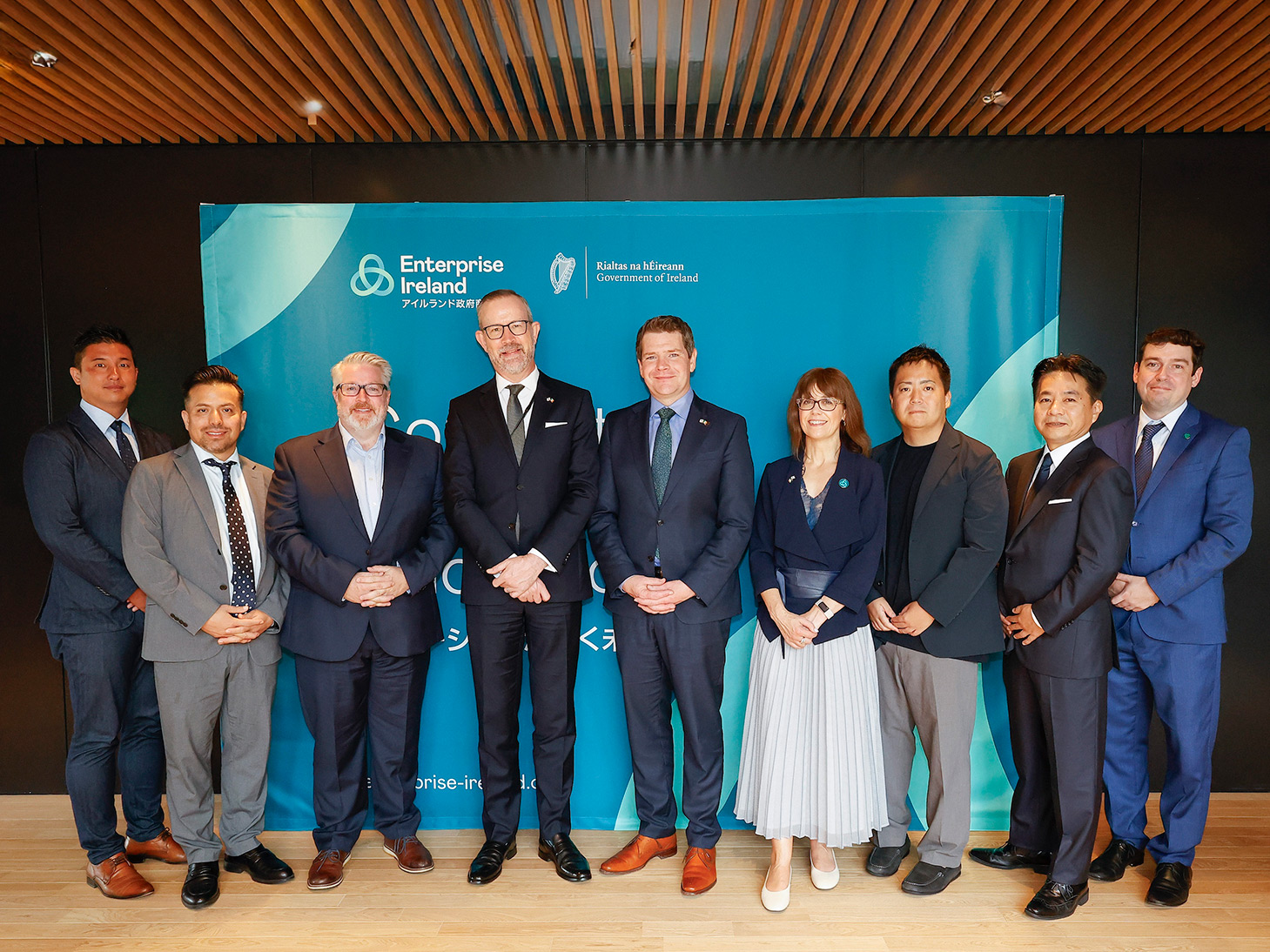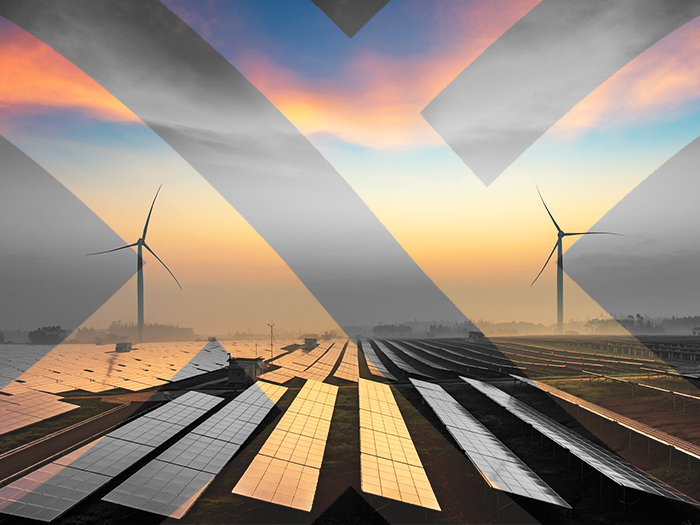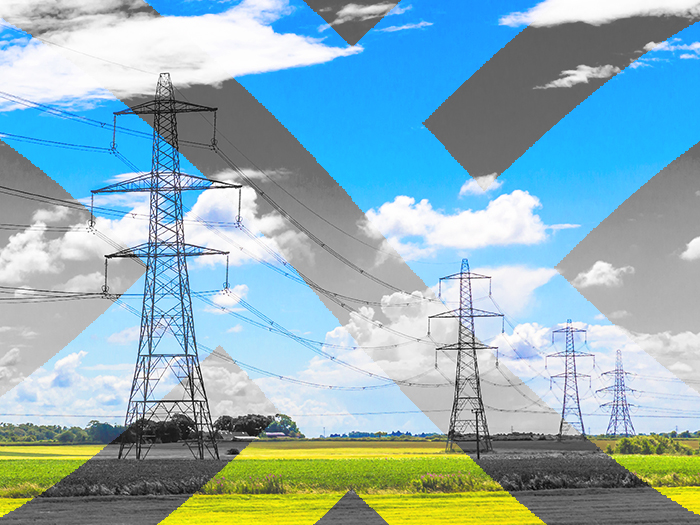News
better business decisions
Posted 4 years ago | 4 minute read

The many questions about National Grid’s acquisition of WPD
Last week, National Grid announced its new acquisition and sale deals. The company is to buy Western Power Distribution (WPD), Britain’s largest distribution network operator (DNO). It will also start the process of selling a majority stake in National Grid Gas towards the end of 2021.
Zohreh Mohammadi, GridBeyond’s Markets Manager, discusses the impact of National Grid’s decision and the reasons behind it.

The plan to sell gas transmission business did not come as a surprise as National Grid has been stepping away from gas business since 2016 by selling off stakes in its gas distribution business. But it is fair to say that the acquisition of WPD was shocking news for the industry.
In simple terms, National Grid is moving away from gas and focusing on electricity on both levels: high voltage (HV), and for the first time (in the UK) , low voltage (LV). This raises questions about how involved National Grid wants to be with low-carbon hydrogen growth, one of the government’s Ten-point plan’s primary targets to achieve net-zero. With gas infrastructure being one of the prime candidates to transmit and distribute hydrogen, some might interpret the recent National Grid’s decisions as to move towards only electricity.
John Pettigrew, CEO of the National Grid, said that the acquisition of WPD would increase the National Grid’s exposure to electricity from 60% to 70%, allowing them to work more efficiently towards the 2050 net-zero emission targets. It makes us wonder if the acquisition of other DNOs will follow.
The National Grid believes the transaction will help them take a holistic approach to delivery across both LV and HV networks. This approach can be beneficial for the system’s electrification, which is necessary to achieve net-zero. WPD will bring the experience of LV engineering and customer practices, support the development of charging infrastructure and replace heat pumps. Joining forces can also help solve the issue of constraints across both LV and HV systems arising because of electrification and increased integration of renewables.
The acquisition is part of a bigger picture of the National Grid’s transition, but how does this affect the flexibility markets?
Many questions come to mind about the WDP acquisition. It is unclear if WPD will continue to procure for its constraint management programmes independently or through some existing programmes of National Grid. This would not be the first time National Grid and WPD have delivered a programme together. In 2016, they ran a trial responding to increased energy demand by sharing their assets on both distribution and transmission levels and identifying any areas of conflicting interest.
WPD was one of the first DNOs to launch their own constraint management programmes. In 2018, they identified that the programme conflicted with National Grid’s balancing mechanisms, causing price escalation. The availability requirements for Short Term Operating Reserve (STOR) also made it difficult for the assets to participate in multiple programmes.
To resolve those issues, National Grid has recently launched several Regional Development Programmes to work together with different DNOs, including WDP and UK Power Networks. The aim is to unlock additional network capacity, reduce constraints, and open other revenue streams for market participants while solving any conflicts between the companies.
However, considering the WDP acquisition, it is unclear what steps will be taken to ensure National Grid avoids any conflict of interest and provides fair and equal support to all other DNOs.
Earlier this year, to ensure greater transparency and efficiency across the industry, Ofgem recommended creating an independent body that would run the electricity system and lead the way to achieve net-zero. This new entity will be entirely separated from National Grid, which owns the transmission system. Given the acquisition of WPD, the added level of complexity and potential conflict of interests, the change suggested by Ofgem can become more urgent.
It is unclear at this time if the strategy of the Government matches the strategy of National Grid in areas other than electrification. One thing is certain – we will not be able to achieve the net-zero targets if the plans of transmission and distribution companies are not aligned with the Government’s decarbonisation strategy.
In their statement from last week, National Grid stated that they do not expect any concerns from the overseeing authorities, as Ofgem had always been consistent about encouraging utilities to offer a whole system solution.
As the industry gets more time to digest the news and think about the consequences, we expect more questions to arise from the various stakeholders, particularly the other DNOs.








